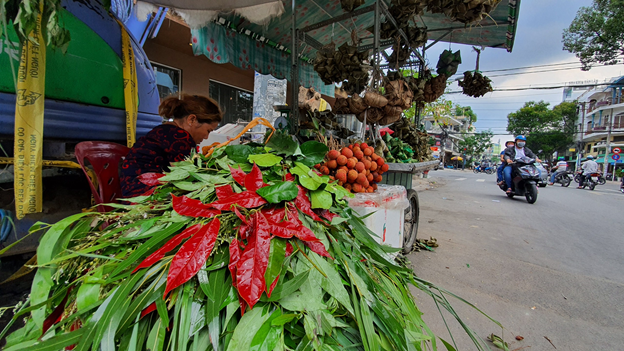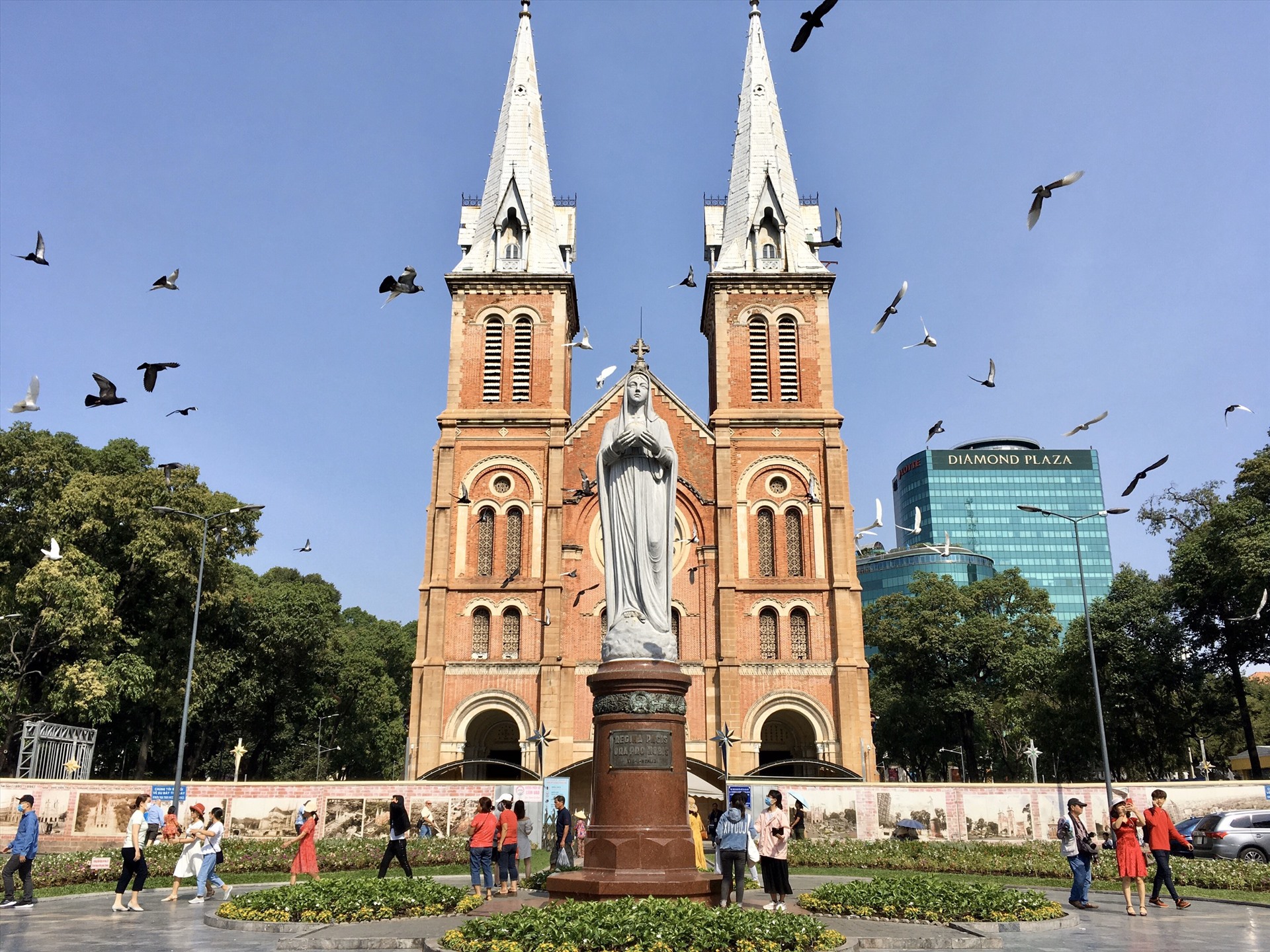What is Tết Đoan Ngọ? Discover the Meaning and Traditions of Vietnam’s “Pest-Expelling Festival”
Date: 2025.05.30
Tết Đoan Ngọ, also known as the “Pest-Expelling Festival,” is one of Vietnam’s oldest traditional holidays. Celebrated on the 5th day of the 5th lunar month, this festival is deeply rooted in Vietnamese culture. It reflects spiritual beliefs,closely tied to agricultural life, honors nature and ancestors, and focuses on health and seasonal change.
1. What is Tết Đoan Ngọ?
In Sino-Vietnamese, “Đoan” means “beginning” and “Ngọ” refers to the “Ngọ hour” (around 11 a.m.). So, Tết Đoan Ngọ marks the start of this special time on the 5th lunar month. Traditionally, this day is believed to be perfect for driving away parasites and protecting crops. People eat traditional foods and perform rituals to cleanse the body and the environment.
2. The Meaning of Tết Đoan Ngọ in Vietnamese Life
Tết Đoan Ngọ falls during the seasonal shift from spring to summer, when hot weather can lead to outbreaks of pests and illness. According to tradition, eating certain foods like fermented sticky rice, ash cakes, plums, lychees, and sour mangoes early in the morning on this day helps eliminate harmful parasites from the body. It is believed to purify and protect one’s health.
The festival is also a time for family gatherings. Households prepare offerings to honor ancestors, showing respect and reinforcing family bonds across generations.
3. The Legend Behind Tết Đoan Ngọ
A popular Vietnamese legend tells of an old man named Đôi Truân who appeared when pests were destroying the crops. He advised people to make offerings to their ancestors and eat fermented sticky rice early on the 5th of May. Miraculously, the pests disappeared. Since then, this day has been celebrated as the Pest-Expelling Festival.

4. Traditions and Traditional foods of Tết Đoan Ngọ
Tết Đoan Ngọ is not only rich in spiritual meaning but also showcases traditional customs through its rituals and traditional foods, contributing to the unique cultural identity of the Vietnamese
● Ancestral Offerings – A Sacred morning ritual on the 5th day of the 5th Lunar month
On the morning of Tet Doan Ngo, Vietnamese families prepare a respectful offering tray for their ancestors. The tray often includes fermented sticky rice (cơm rượu), ash cakes (bánh ú tro), seasonal fruits, and fresh flowers. This ritual is a way to honor the ancestors and pray for a year of peace, health, and a fruitful harvest.
● Eating fermented sticky rice – A “Pest-Expelling” Tradition Nationwide
Fermented sticky rice (rượu nếp) is a must-have dish for this festival. Made from glutinous rice fermented to a mildly sweet and tangy taste, it symbolizes the folk belief in expelling parasites and cleansing the body. Each region prepares it differently:
Northern Vietnam: Loose, spoon-eaten rice with wine flavor.
Central & Southern Vietnam: Rice formed into small balls and soaked in clear rice wine.
● Ash cakes (Bánh ú tro) – A light and cooling traditional treat
Popular in Central and Southern Vietnam, ash cake is made from sticky rice soaked in ash water, wrapped in bamboo or dong leaves, and sometimes filled with mung bean paste. When steamed, the cakes become slightly transparent with a mild taste that’s easy to digest—perfect for early summer heat.
● Seasonal summer fruits – Refreshing and symbolic
Fruits like plums, lychees, mangoes, watermelons, and rambutans are commonly used in offerings and enjoyed during the festival. In folk belief, eating sour or slightly bitter fruits helps detoxify the body and “kill internal pests.”
● Herbal leaf bath – A cleansing and protective tradition
In rural areas, some families boil herbal leaves such as lemongrass, pomelo leaves, mugwort, and green tea leaves to bathe in on this day. This custom is believed to purify the body, ward off bad luck, relieve stress, and improve health during the seasonal change.

(Source: Thanh Niên Newspaper)
5. Tết Đoan Ngọ in modern life – Preserving identity and spreading tradition
As Vietnamese society continues to grow and modernize, Tết Đoan Ngọ – the 5th day of the 5th lunar month—remains an important part of national culture for many families.
Today, the way people celebrate may be simpler and less elaborate than in the past, but the spirit of honoring one’s roots, staying healthy, and respecting nature is still alive. Core values like gratitude to ancestors, family connection, and eating traditional foods such as fermented sticky rice, bánh ú tro, and summer fruits in the early morning are still practiced across generations.
Both in the countryside and in busy cities, families continue to prepare modest offering trays for this “Pest-Expelling Day,” as a way to remember traditions and teach children to take pride in their cultural heritage.
👉 Tết Đoan Ngọ is more than just a holiday. It’s an opportunity to:
・Reconnect with family and cultural roots
・Take care of your health using folk wisdom
・Promote a balanced way of life in harmony with nature
💡 Wherever you are, take a moment on the 5th day of the 5th lunar month to enjoy fermented sticky rice, ash cakes, and fresh seasonal fruits with your family. It’s a simple yet meaningful way to care for your body – and to keep beautiful traditions alive in every Vietnamese home.






